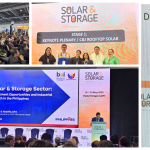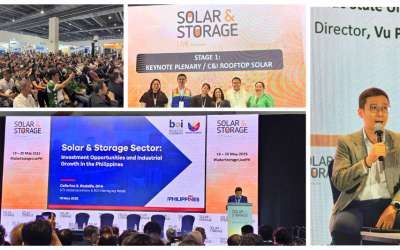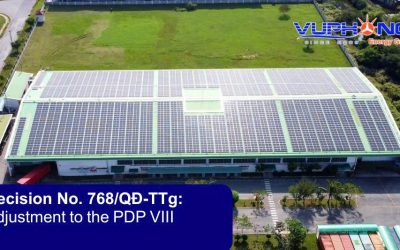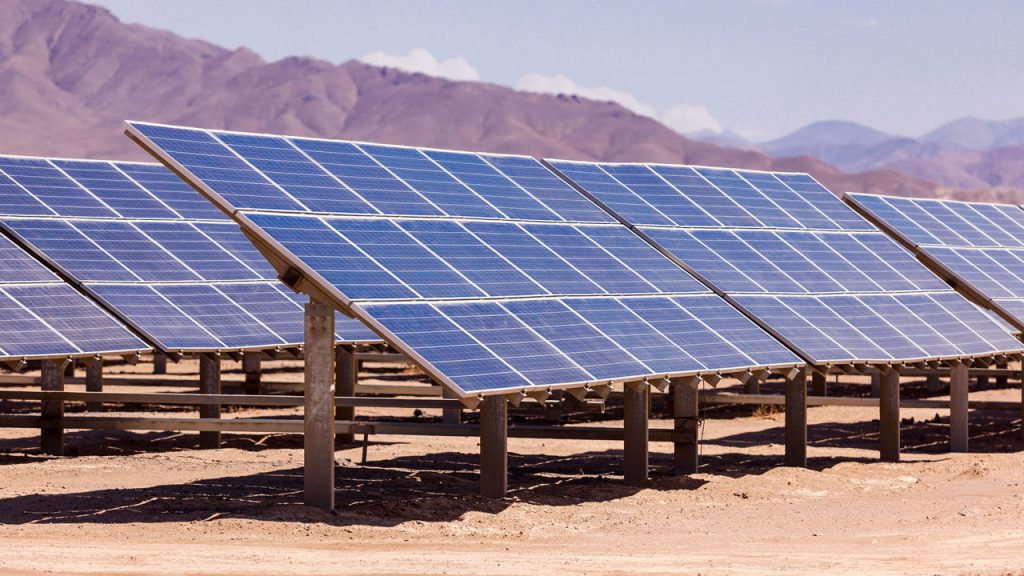
Update: Hey there! Did you know that solar panels can actually overheat just like humans? But don’t worry, researchers have come up with an incredible solution to help them cool down and increase their power output! It’s called “Sweating” and it’s a simple and effective way to retrofit existing solar cell panels for an instant efficiency boost.
- What is solar energy and its usage?
- Excellent operation of BIM 2 Solar Power Plant for three consecutive years
The Importance of Boosting Solar Panel Efficiency
As you may know, the demand for solar power is increasing rapidly and is expected to grow fivefold over the next decade. However, most solar panels only convert 20% of the Sun’s energy into current, with the rest turning into heat. This can cause the panels to warm up by as much as 40°C, which can significantly decrease their efficiency.
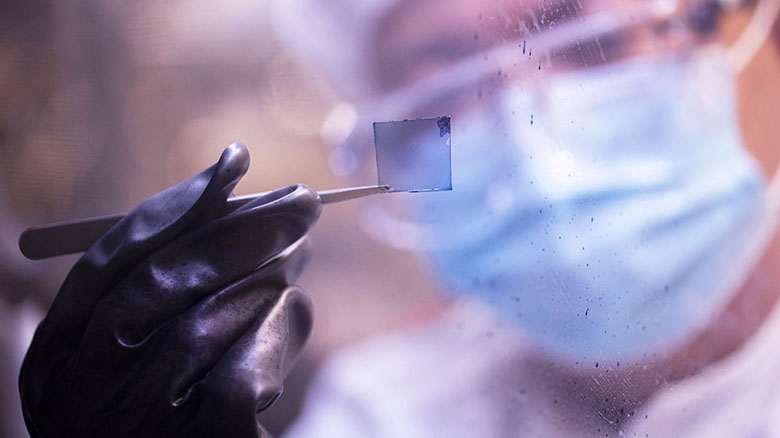
The Limitations of Water Cooling
In the past, researchers have tried cooling solar panels with water, but this method requires a lot of infrastructure and is not suitable for arid regions or developing countries. That’s where the atmospheric water collector comes in! This amazing technology can suck water vapor from the air and condense it into liquid water, which can be used as coolant for solar panels.
The “Sweating Solar Panels” Solution
The researchers pressed a 1-centimeter-thick sheet of a gel made of carbon nanotubes, polymers, and a water-attracting calcium chloride salt against the underside of a standard silicon solar panel. During the day, the gel pulls heat from the solar panel to evaporate water it had pulled out of the air the previous night, releasing the vapor through the bottom of the gel. This process cools the solar panel just like sweat evaporating from the skin cools us down.
Impressive Results
The researchers found that the amount of gel needed depends on the environment’s humidity, but the results were amazing! The temperature of the water-cooled solar panel dropped by as much as 10°C, and the electricity output of the cooled panels increased by an average of 15%! In some cases, it even increased by up to 19%!
Potential Issues and Future Developments
Of course, there are some potential issues with this method, such as rain dissolving the calcium chloride salt in the gel. But the researchers are already working on a second-generation gel that shouldn’t degrade when wet, and they’re also exploring the possibility of using the condensed water to clean the solar panels or even as drinking water in arid regions.
Overall, this is an exciting breakthrough that could significantly improve the efficiency of solar panels and bring us one step closer to a cleaner, more sustainable future!
Vu Phong Energy Group

